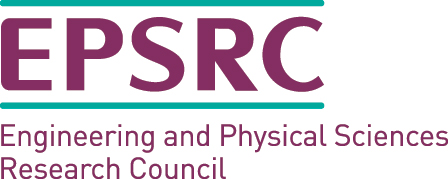Posted September 22, 2021 by Barsha Shrestha & filed under News.
Published by MPE PhD Student Niraj Agarwal The paper can be viewed in full here.
Authors: N. Agarwal, E.A. Ryzhov, D.Kondrashov and P.Berloff
Abstract:
We present a comprehensive inter-comparison of linear regression (LR), stochastic, and deep-learning approaches for reduced-order statistical emulation of ocean circulation. The reference data set is provided by an idealized, eddy-resolving, double-gyre ocean circulation model. Our goal is to conduct a systematic and comprehensive assessment and comparison of skill, cost, and complexity of statistical models from the three methodological classes. The model based on LR is considered as a baseline. Additionally, we investigate its additive white noise augmentation and a multi-level stochastic approach, deep-learning methods, hybrid frameworks (LR plus deep-learning), and simple stochastic extensions of deep-learning and hybrid methods. The assessment metrics considered are: root mean squared error, anomaly cross-correlation, climatology, variance, frequency map, forecast horizon, and computational cost. We found that the multi-level linear stochastic approach performs the best for both short- and long-timescale forecasts. The deep-learning hybrid models augmented by additive state-dependent white noise came second, while their deterministic counterparts failed to reproduce the characteristic frequencies in climate-range forecasts. Pure deep learning implementations performed worse than LR and its simple white noise augmentation. Skills of LR and its white noise extension were similar on short timescales, but the latter performed better on long timescales, while LR-only outputs decay to zero for long simulations. Overall, our analysis promotes multi-level LR stochastic models with memory effects, and hybrid models with linear dynamical core augmented by additive stochastic terms learned via deep learning, as a more practical, accurate, and cost-effective option for ocean emulation than pure deep-learning solutions.






